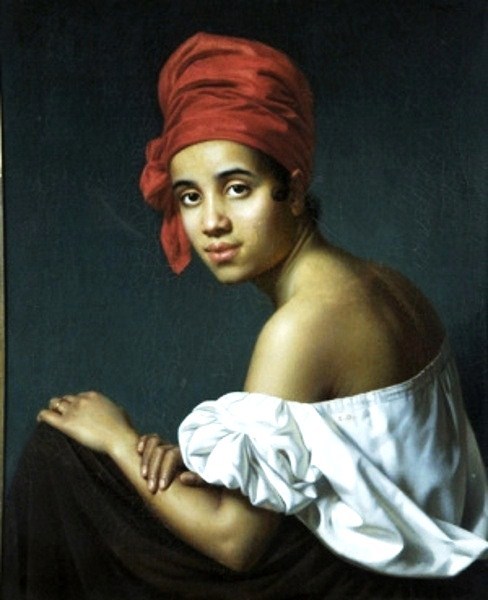lavenderpenny:heyfranhey:History Lesson || Why Women Of Color In The 1800s Were Banned From Wearing
lavenderpenny:heyfranhey:History Lesson || Why Women Of Color In The 1800s Were Banned From Wearing Their Hair Out In Public BGLH writes:“Did you know that in late 18th century Louisiana, black and multiracial women were ordered to cover their hair in public?” My sister asked me.“WOW. Really?” I replied.I’d probably heard of this in one of my black studies classes in undergrad, but who remembers everything they’ve been taught? Besides, this information felt instantly relevant and I was absolutely intrigued.With a little digging I found that there was in fact a “law” of sorts that demanded women of color in Louisiana to cover their hair with a fabric cloth starting in 1789 as a part of what was called the Bando du buen gobierno (Edict for Good Government). What these rules were meant to do was try to curtail the growing influence of the free black population and keep the social order of the time. The edict included sections specifically about the changing of certain “unacceptable” behaviors of the free black women in the colony including putting an end to what he and others believed to be the overly ostentatious hairstyles of these ladies which drew the attention of white men, and the jealousy of white women. These rules are called the “Tignon Laws” A tignon (pronounced “tiyon”) is a headdress.Read more here.why cultural appropriation is importantwhy white people should not wear traditionally black hairstyleswhy white women should not appropriate black women’s hairstyles -- source link
#black history#misogynoir#black women#black hair#hair styles
